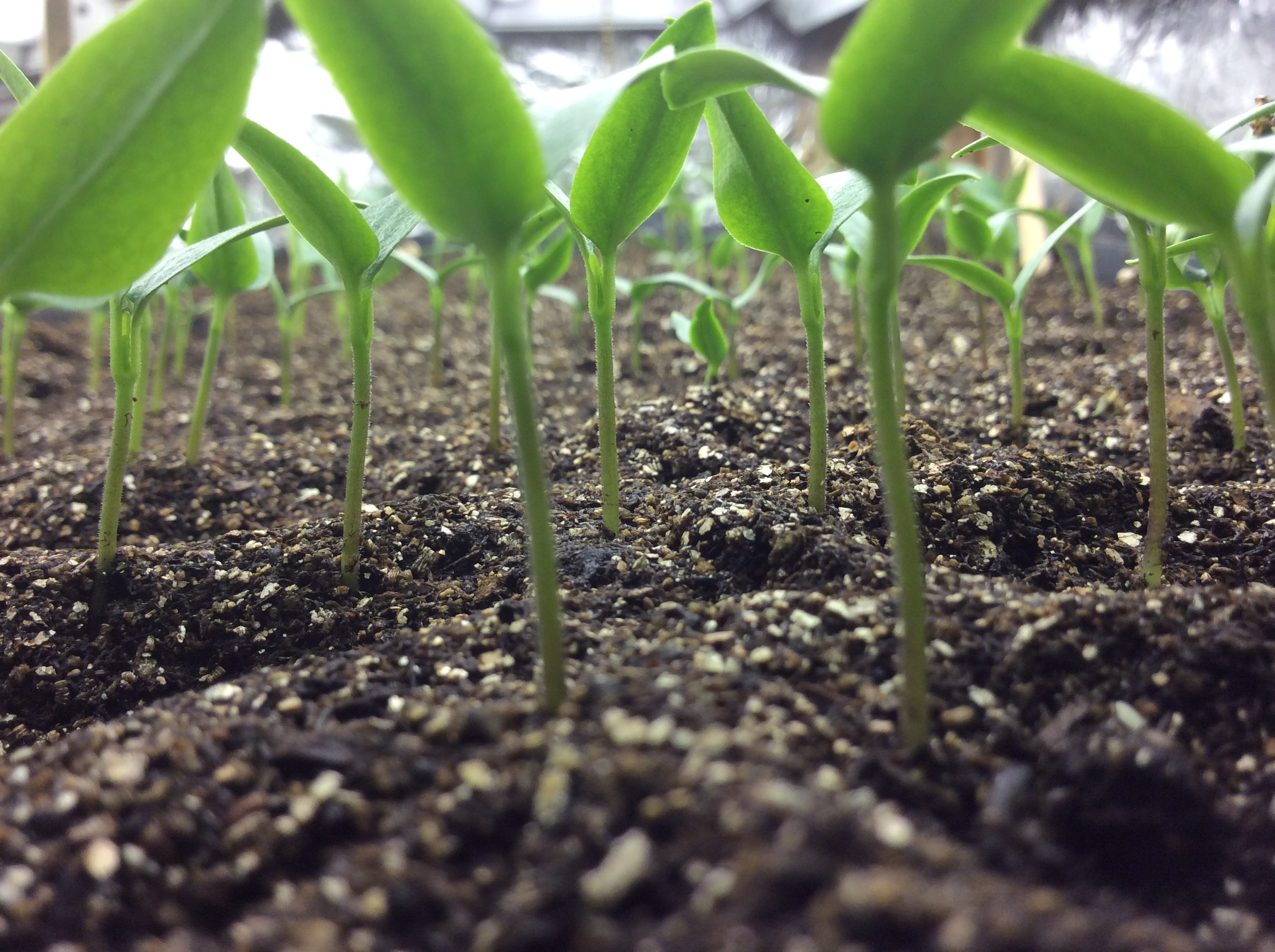


Avoid getting the leaves or fruit wet, since most fungal spores are spread via water droplets. Fungal infections can be avoided by taking care when you water your peppers. Peppers are susceptible to a few fungal infections and small pests. Limp leaves and dry soil mean it needs to be watered. If you think your pepper is being underwatered, check the leaves. The soil should be fairly dry before you water them again, otherwise you run the risk of overwatering them. Depending on your climate, you may need to wait a little longer between watering or water them slightly sooner. Water your bell peppers thoroughly once a week. Begin somewhere sheltered, like a porch, and then move to less sheltered areas. Just take your plants outdoors for an increasing amount of time. It takes one to two weeks, total, and is very simple. This lessens the shock and stress of a sudden transition and greatly increases your plants’ chances of survival. Hardening off is a method of slowly adjusting indoor plants to the outdoor elements. When you’re ready to transplant your indoor bell peppers into your garden, you’ll need to harden them off first.

Keeping your seeds and seedlings in a warm room is helpful, and many gardeners use a heating mat to keep the seeds at a stable temperature. Cold temperatures can cause slow or even failed germination. Starting seeds indoors also requires sunlight, but, more importantly, it requires warmth. Adding compost to your soil can help improve its nutrient balance. If you’re starting your seeds inside, you can use any potting mix, but be sure that the container you’re using has drainage holes. Drainage is important, as bell peppers don’t enjoy standing water around their roots (also known as wet feet).
#Pepper seedlings how to#
How to plant bell peppersĬhoose a planting site that’s in full sun, with rich, well-draining soil. Bell peppers grow slowly, so it’s important to give them plenty of time to grow before the weather begins to cool. Plant them three to four months before the first frost of fall. You can also plant bell peppers in summer for a fall harvest. Start your seeds indoors six to eight weeks before the last frost, so they’ll be ready to transplant as soon as it passes. Peppers thrive in warm weather, and they can be damaged by frost, so you’ll have to wait until after the frost has passed in spring to plant them. To start from seed, you’ll need to know your estimated last frost date. You can typically plant them immediately after you get them. Starting from a nursery plant is perhaps the easiest to time. This will impact your planting time, so it’s important to decide which option you’ll choose before anything else. If you start from seed, you can direct sow or start them indoors. You can start with a seedling from a garden center or nursery, or you can start from seed. There are a couple of options when it comes to planting bell peppers.


 0 kommentar(er)
0 kommentar(er)
